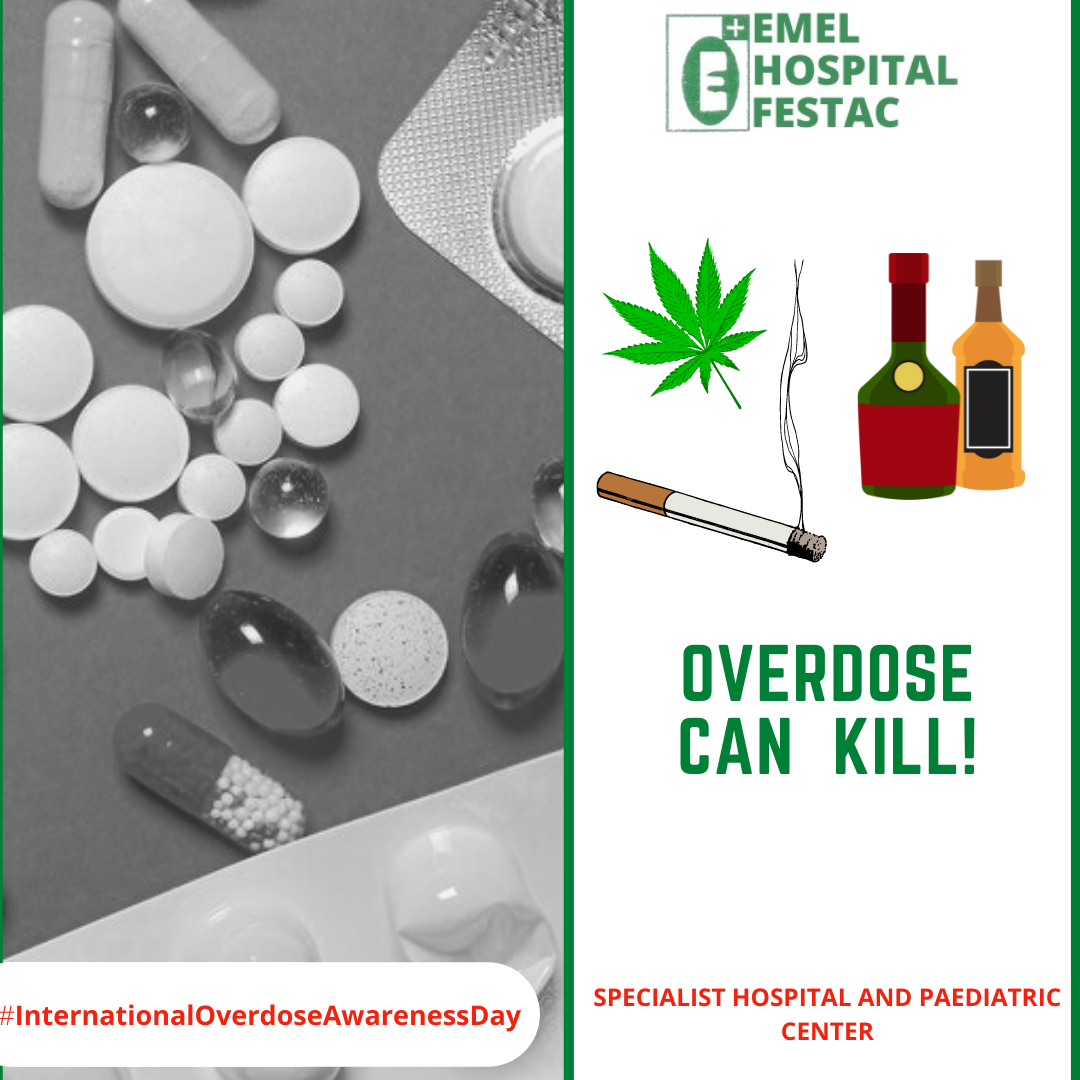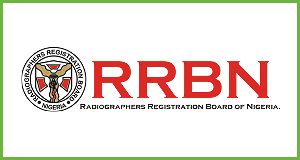INTRODUCTION
Down Syndrome is a medical condition named after British doctor John Langdon Down, who fully described the syndrome in 1866. It is a genetic disorder caused by the presence of an extra copy of chromosome21. It is the most common genetic disorder and the most common cause of learning disability in children.
CAUSES
- Human cells normally contain 23 pairs of chromosomes (genes); one of each of the 23 pairs of chromosomes comes from the father and the other from the mother.
- Down syndrome results when abnormal cell division involving chromosome 21 occurs. This results in an extra partial or full chromosome. This extra genetic material is responsible for the characteristic features and developmental problems of Down syndrome.
RISK FACTORS
The following increase your chances of having a child with Down syndrome:
- Advanced age of mother (above 35years)
- Having a child with Down syndrome
CLINICAL FEATURES
Each person with Down syndrome has varying degrees of abnormalities. Some of the common features are-
- Flattened face
- Small head
- Short neck
- Protruding tongue
- Upward slanting eyelids
- Unusually shaped or small ears
- Poor muscle tone
- Broad, short hands with a single crease in the palm
- Relatively short fingers and small fingers and feet
- Excessive flexibility
- Short height
- Most children with Down syndrome have moderate to severe intellectual disability
- They also have delayed language
COMPLICATIONS
Down syndrome is associated with the following problems-
- Heart defects
- Gastrointestinal(GI) defects
- Sleep apnea
- Obesity
- Spinal problems
- Leukemia
- Dementia
TREATMENT
- This depends on the unique challenges a child may have. However, early intervention improves the quality of life in the long run.
- A team of doctors is usually required to provide care for the child. They are-
- -pediatrician to provide & coordinate routine childhood care
- -pediatric cardiologist
- -pediatric gastroenterologist
- -pediatric neurologist, etc
CONCLUSION
- Children with Down syndrome are usually very cheerful and happy.
- They can achieve potentials in life depending on their capabilities and care given.
- Early intervention can facilitate a good outcome.



.png)



